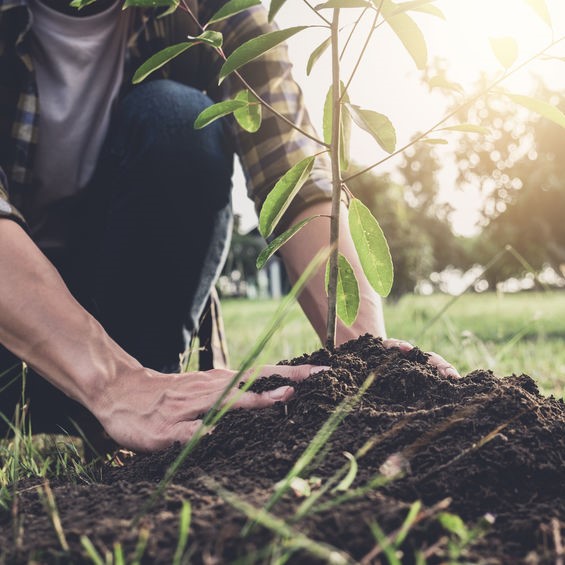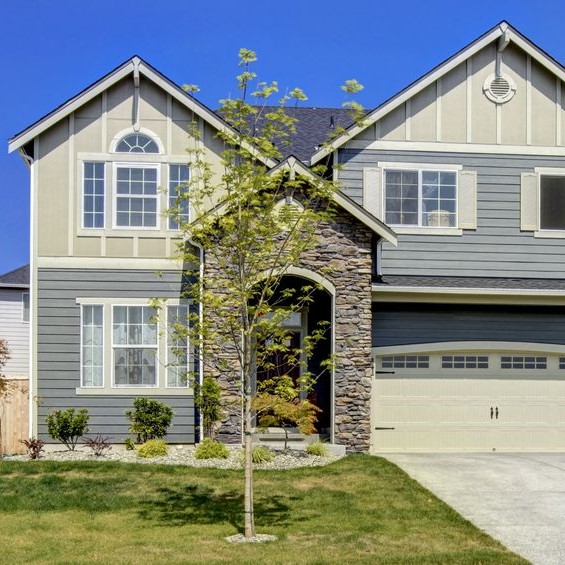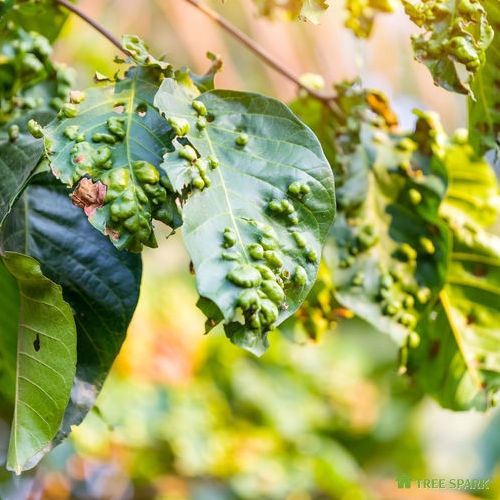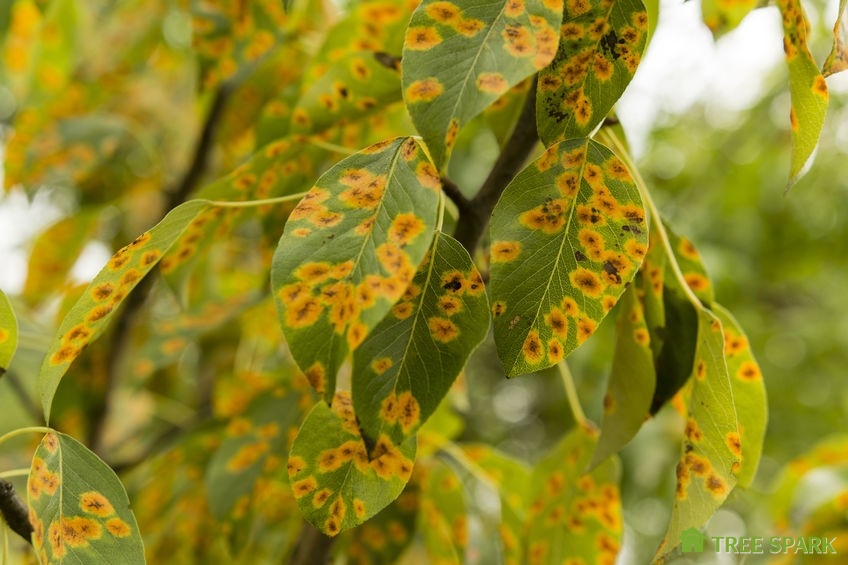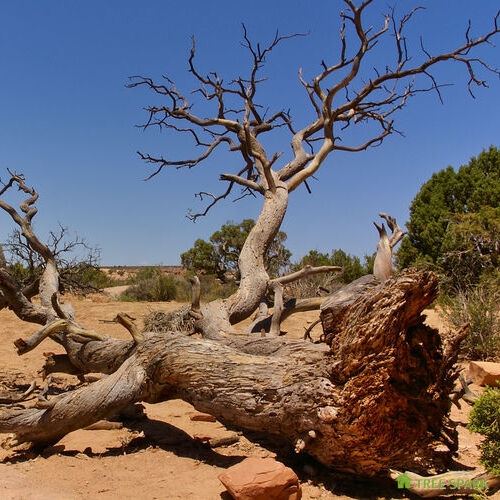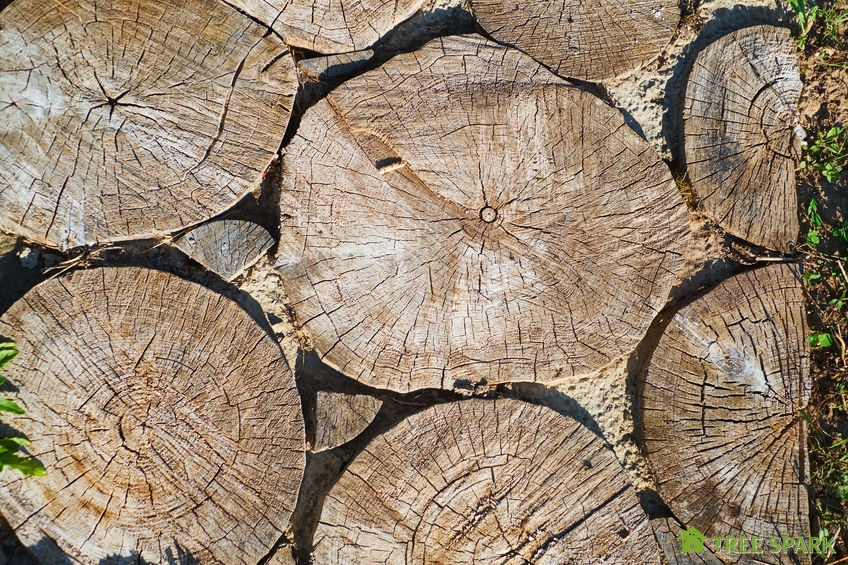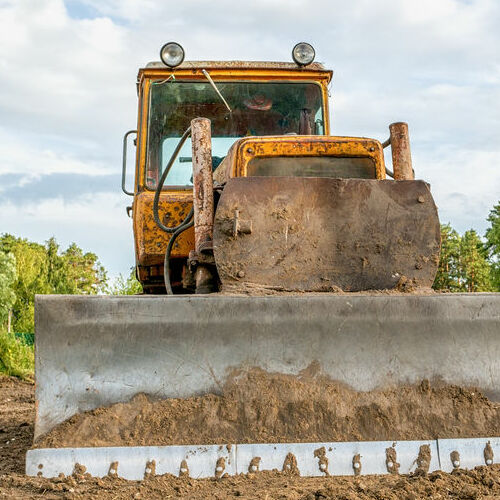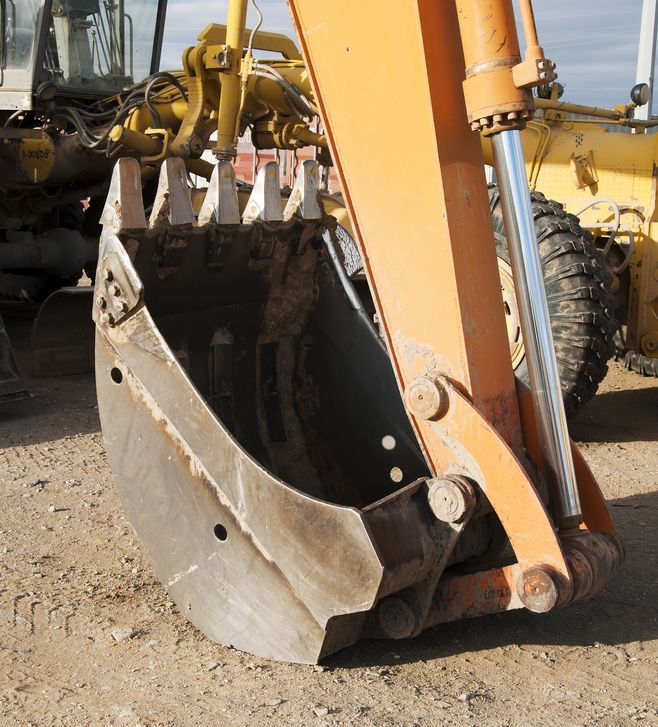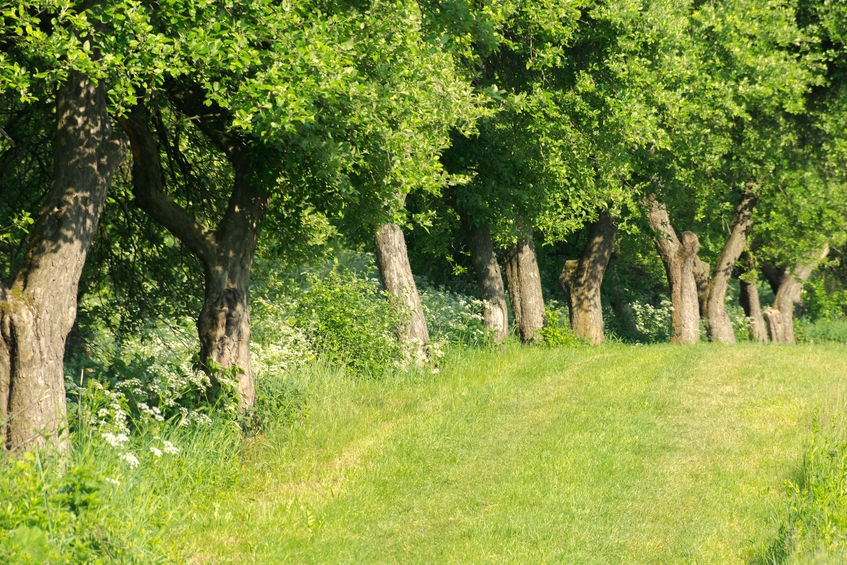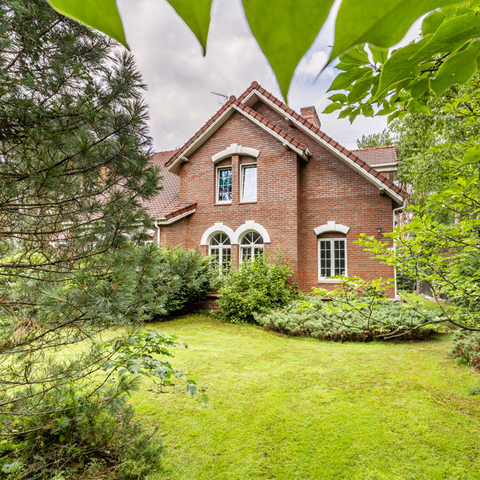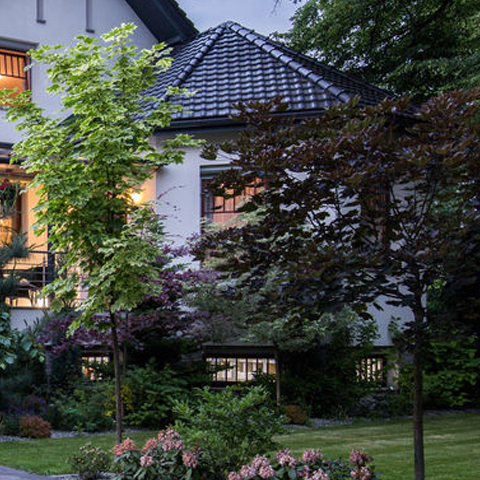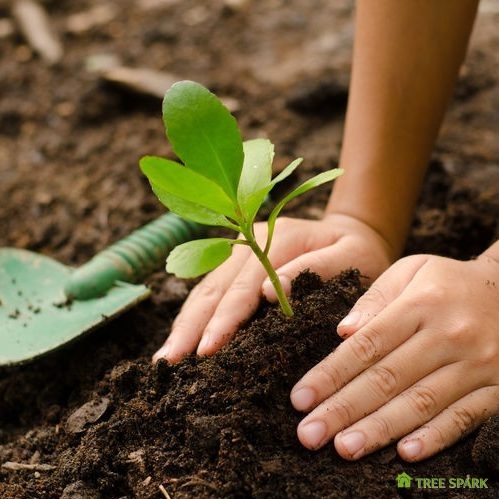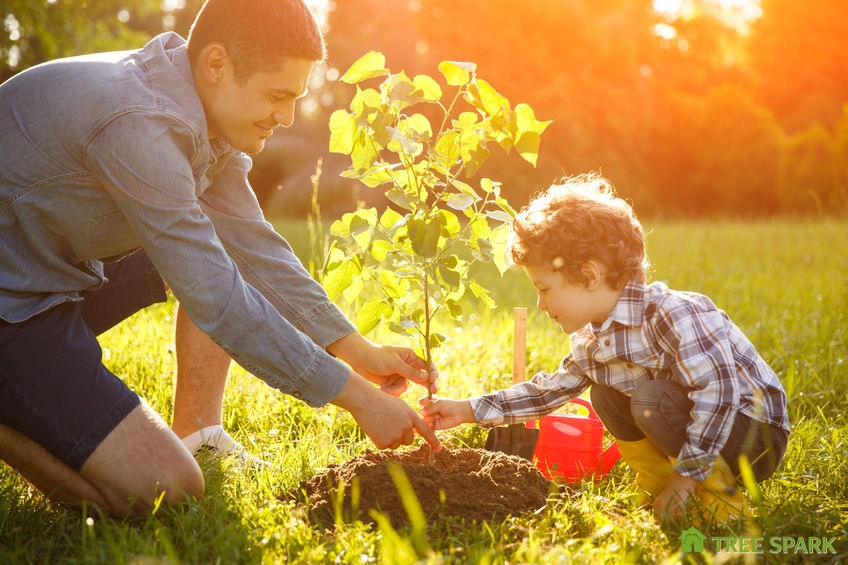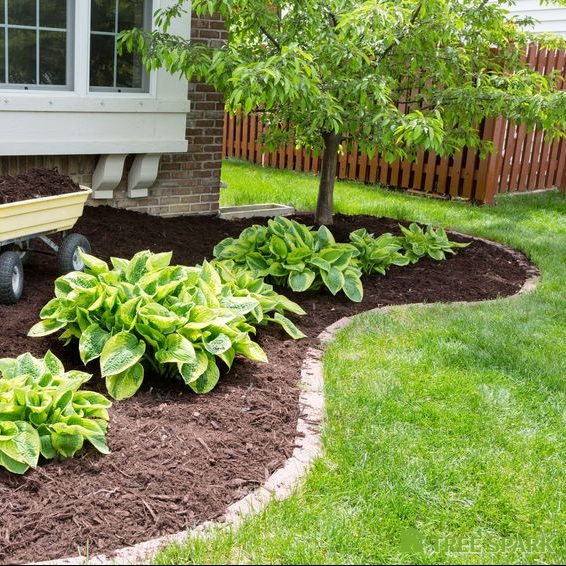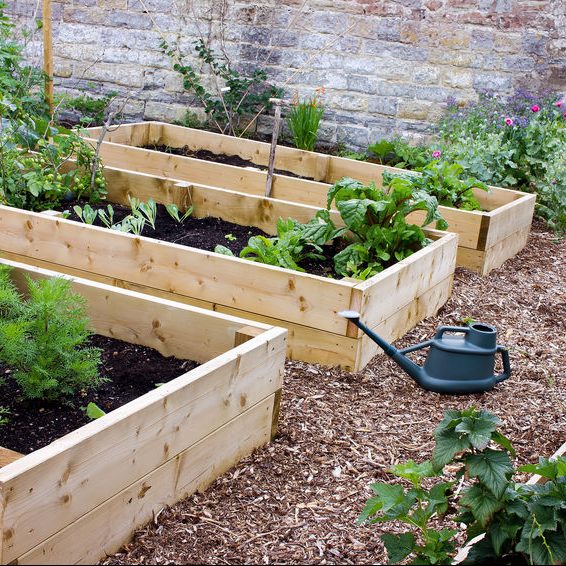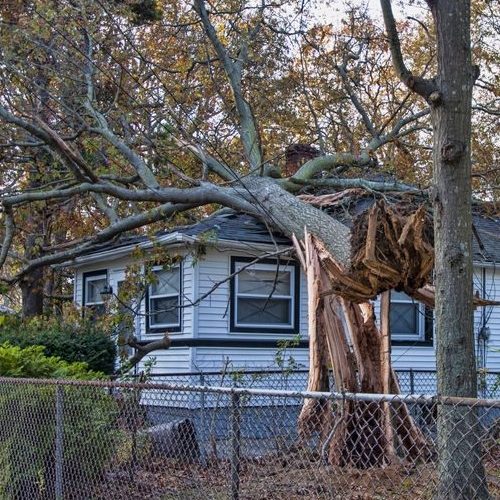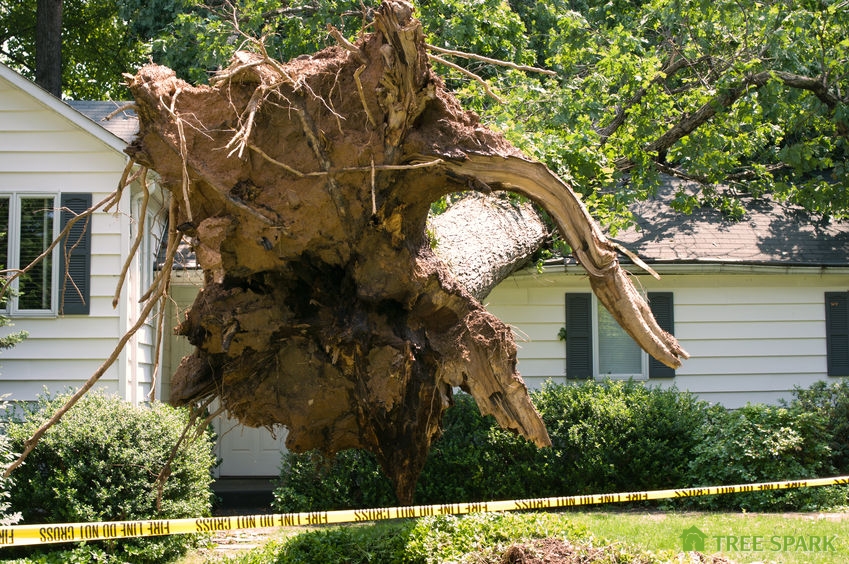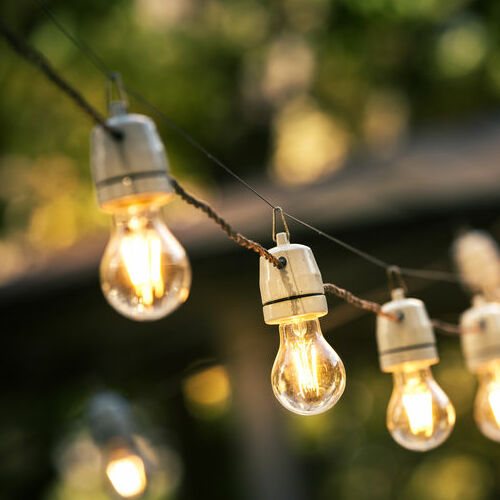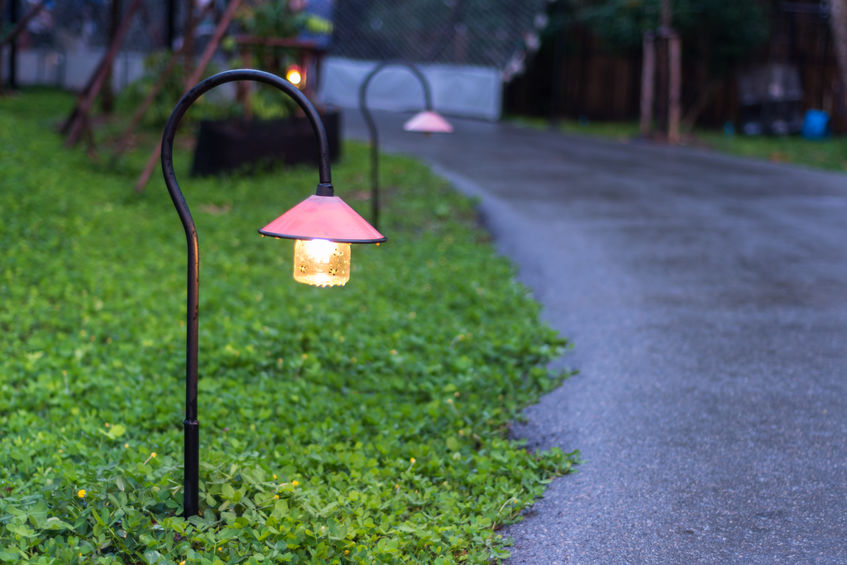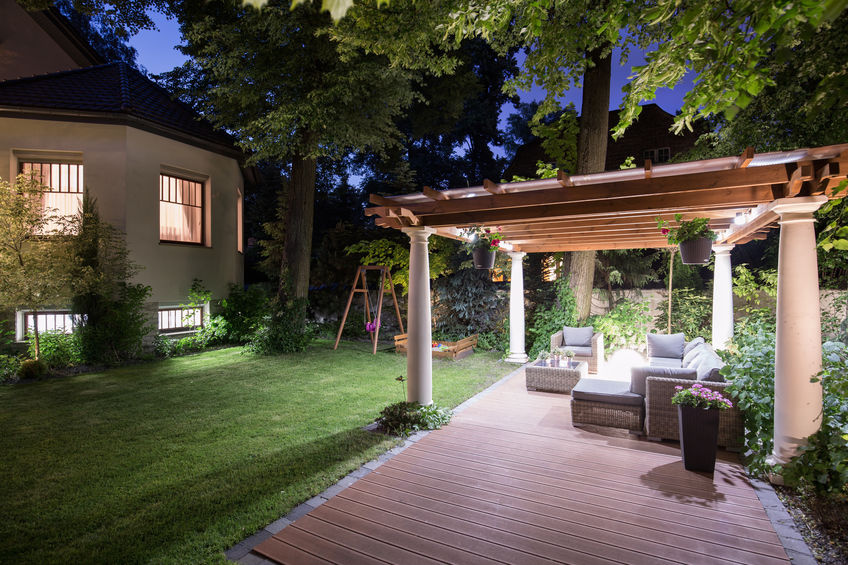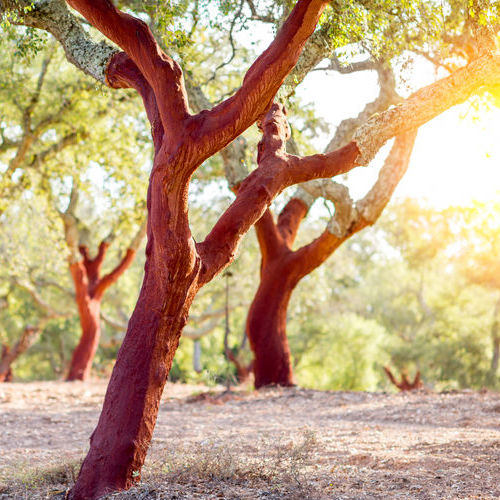
What is the Best Time of Year to Trim Trees?
If you are seriously considering a tree trimming service, it will be important for you to investigate several factors. These factors include the best time of the year to trim trees. According to leading experts, the best time of the year to trim trees is in the spring. Homeowners can breathe a sigh of relief because the time frame is actually quite wide. You can trim or prune your trees anytime between late fall and early spring. It remains important for you to consult with your local arborist, as they will have all the relevant details pertaining to your tree trimming.
Can I Trim My Own Tree?
If you require serious tree pruning and trimming, it is always best to refer to the professional experts. An arborist or tree-trimmer will have the proper tools and capability to solve even the toughest tree trimming conundrums. Large pruning jobs should also be left to the professionals as there are a number of dangerous factors to consider. The tools will need to be substantial for the larger limbs of your tree. In addition, the height of the tree, and how you sit on a ladder, will also need to be thoroughly considered. After all, it is better to be safe rather than sorry.
Is it Cheaper to Trim a Tree or Cut it Down?
If you are vacillating between whether or not you should trim a tree or cut it down, it is important to consider the cost. Removing a tree is a very expensive service, and certainly more expensive than trimming in most if not all cases. If you have a tree that is sixty feet tall, it can be quite difficult to cut and maneuver.
Will a Tree Die If You Cut the Branches?
Trees are living things. If they are brutalized during the process of a tree trimming, and if their wounds are not taken care of properly, the tree will suffer. When an individual cuts off a tree branch, the tree develops a special callous tissue. This tissue covers the wounds and keeps out decay and disease. While it is true that the tree’s scars will always be there, if you prune it properly, then the tree itself will survive. As mentioned previously, you always have the opportunity to call an arborist if you do care about the tree and want it to be trimmed properly.
How Do You Cut a Tree Limb Without Killing the Tree?
If you have a large tree limb that is a burden on your or the tree, it will be important for you to investigate your options. Professional arborists have their own methodology for cutting off larger tree limbs. If they are certified, they will have the expertise and learning in such endeavors. While some online manuals may espouse trimming large tree limbs on your own, it’s highly advisable to consult a professional.
Why Tree Trimming is Important
Tree trimming is important for a number of very important reasons. Please read over the following bullet points to learn more.
- If there are dead limbs on your tree, you will want to trim them. Dead limbs are extra and unnecessary weight for the tree. The aesthetics of your tree will also be improved without dead tree limbs to detract from the live tree limbs.
- Improved form. If there are lots of tree limbs at the bottom of your tree, the tree will focus its growth on those areas. Pruning the lower branches will help your tree grow taller, slimmer, and more robust.
- Reduced risk from falling branches. If there is perceived danger from falling branches, it will be important for you to address the tree limbs as quickly as possible. When a tree limb falls on your home, you may have to replace the entire roof. You can avoid this by trimming tree limbs.
How Tree Trimming
If you do happen to start the tree trimming process on your own, it will be important for you to avoid common errors and mistakes. These mistakes include bad timing, improper cuts, over-pruning, under pruning, and lion’s tailing, which is also known as “raising the canopy.” If you do not desire a broccoli tree effect, it will be important for you to thoroughly research your approach to tree trimming.
Tree Trimming for Solar
If you have a solar roof, it will be important for you to eliminate all the tree limbs that could detract from your solar input. If you call your local certified arborist, you should be able to get those pesky tree limbs removed without too much trouble.
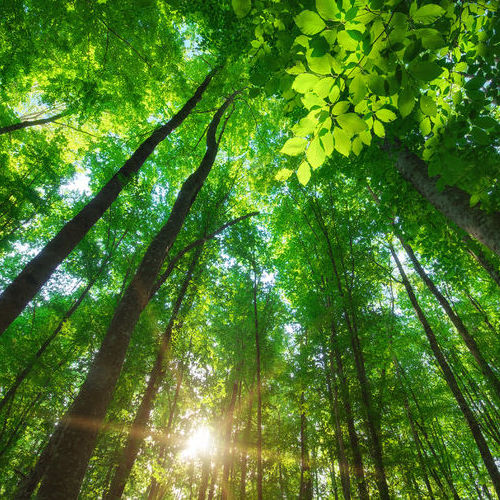
Tree Trimming with Ropes
Arborists have many tree trimming techniques, and one of these uses ropes. In order to prevent the trimmed branches from falling in a way that will damage the property below, an arborist can successfully tie off tree limbs and maneuver them safely away.
If you need tree trimming in Fort Worth, TX, we can help. Please give us a call at (817) 717-7737 to set up an appointment today.

